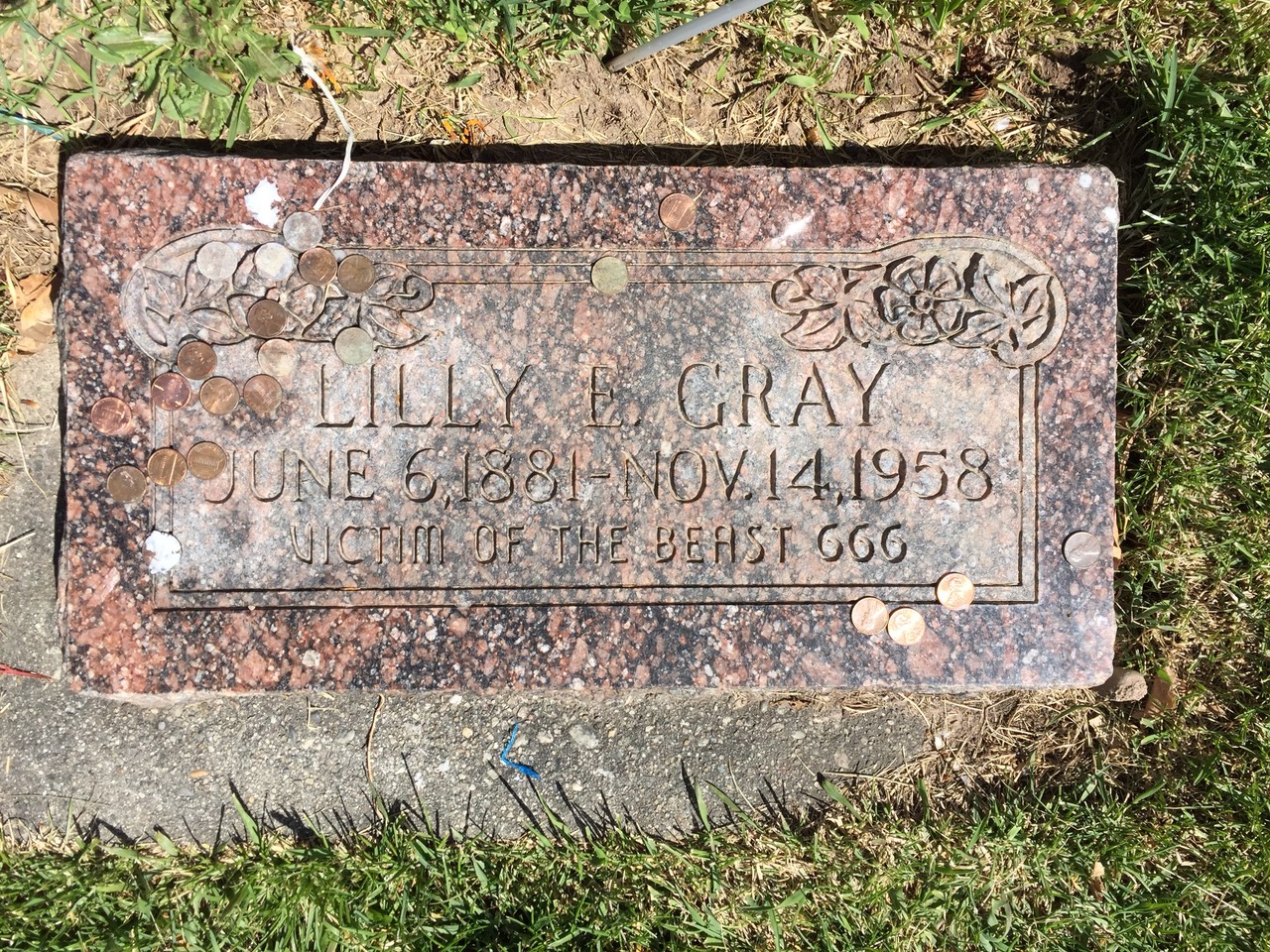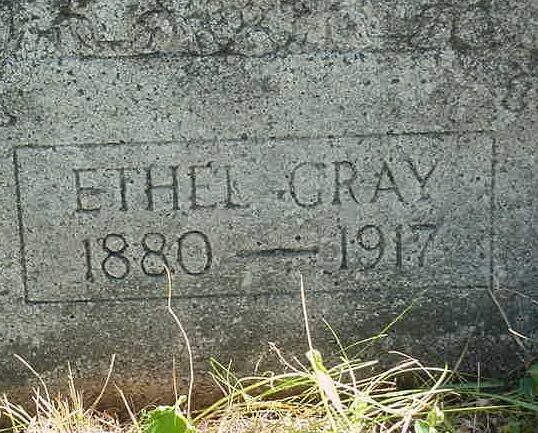Lilly E. Gray’s Gravestone: Unraveling the ‘Victim of the Beast 666’ Mystery
The Salt Lake City Cemetery spans 120 acres in downtown Salt Lake, with over 9.5 miles of winding, narrow roads.The cemetery saw its first burial in September 1847, however it wasn’t until January of 1851 when an ordinance was passed incorporating Salt Lake City, that the cemetery was officially organized. Since that first burial, there have been more than 124,000 people buried here, including the infamous Lilly E. Gray, Victim of the Beast 666.
The Salt Lake City cemetery is also home to a few unusual legends such as Emo’s Grave, Jean Baptiste, and Lilly Gray. People aren’t drawn to Lilly’s grave because of who she was, but because of what’s written on her headstone. She must have had a really ornate eye-catching headstone, right? Not quite. Located on the far northeast edge of the cemetery in Plot X_1_169_4E, Lilly’s red, flat granite headstone blends in with the surrounding headstones and is fairly unnoticeable. That is until you get close enough to read what it says:
Lilly E. Gray
June 6 1881 – Nov 14 1958
Victim of The Beast 666
A Simple Gravestone with a Bizarre Inscription
Whoa! Right?! This is not your average epitaph. Usually, epitaphs are a heartwarming tribute to the deceased. Lilly’s, on the other hand, only leaves people scratching their heads about what happened to this older lady who died almost 65 years ago, in 1958. In the years following her death, legends began to grow about the meaning behind the epitaph. The most popular legend was that she must have been murdered in some horrific fashion.
There were others that suggested she was a follower of The Great Beast himself, Aleister Crowley. He was denounced by mainstream media at the time for being “the wickedest man in the world” as well as a Satanist. Other versions of the legend along this same thread were that she was involved in Satan worship, or murdered by Satanists during a ritual. But none of those assumptions are true. Let’s explore what is known about the life of Lilly E Gray.
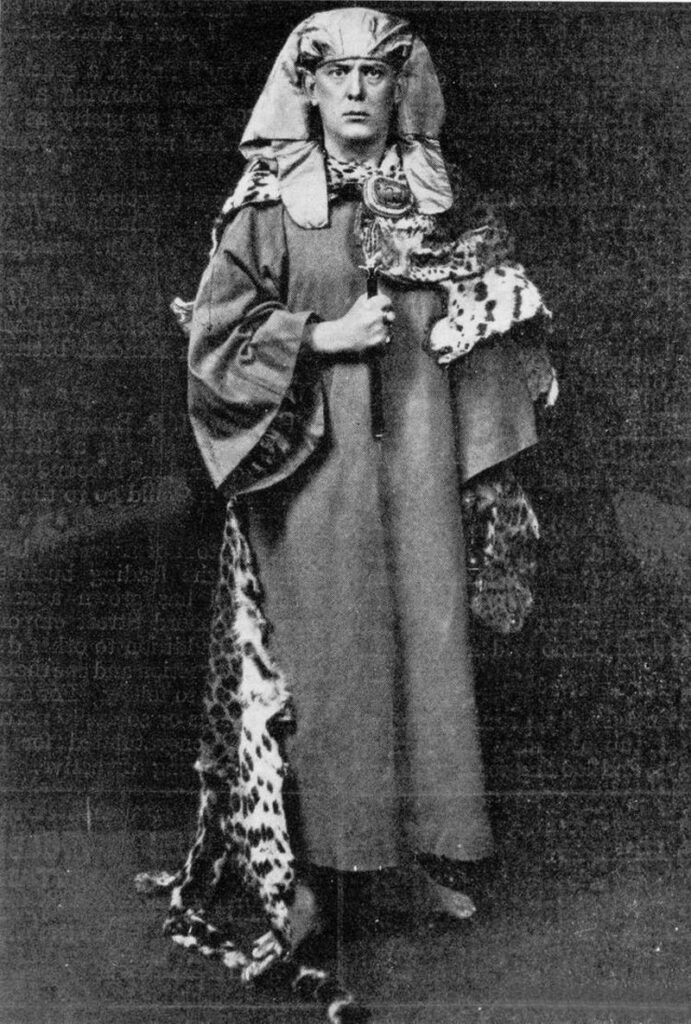
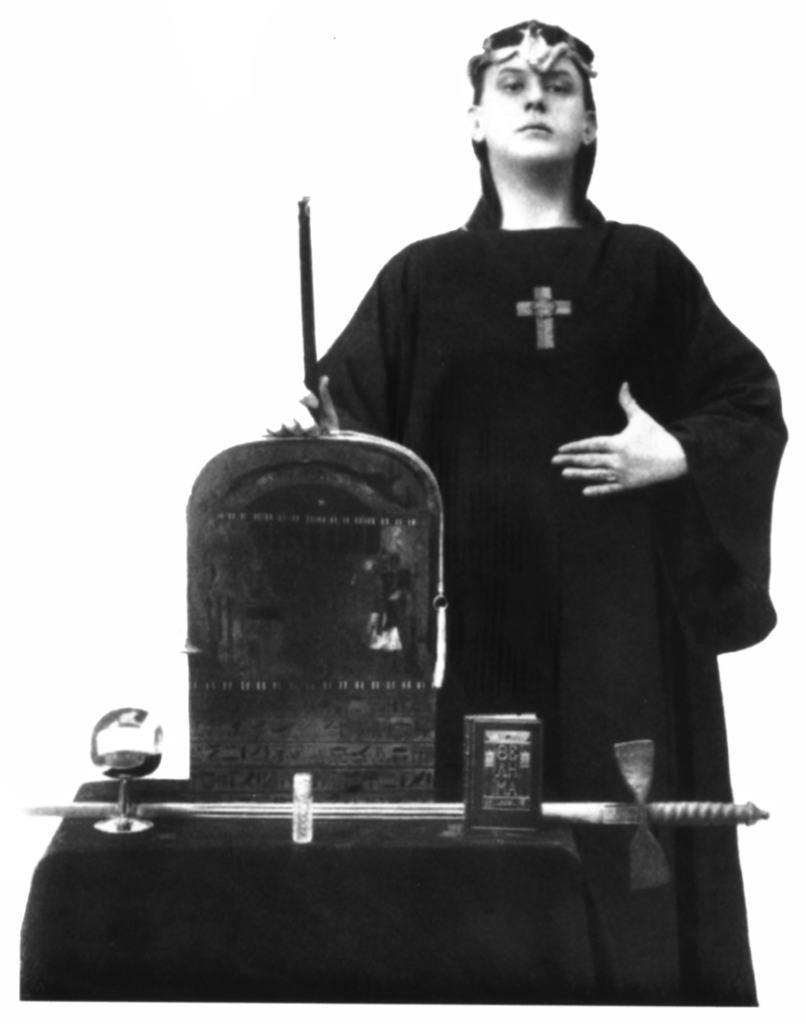
Who Was Lilly? Separating Fact from Urban Legend
Lilly Edith Gray was born on June 4th, 1880 in Manvers, Ontario, Canada. Interestingly enough, her maiden name was also Gray, which tended to make tracing her life slightly more difficult. She had a twin sister, Ethel Sarah Gray, and Lilly and Ethel were the sixth and seventh of eight children. According to census records the Gray family immigrated to Benzie, Michigan in 1880, following the birth of Lilly and Ethel. In July 1898 Ethel was admitted to the Traverse City State Hospital (asylum) where she would stay until her death in 1917 at the age of 36. (A side note, Traverse City State Hospital is rumored to be one of the most haunted places in Michigan.) Lilly meanwhile was unmarried and still living at home.
The Marriages of Lilly Gray: A Life of Love, Loss, and Mystery
Shortly after the death of her twin sister, Lilly would marry for the first time. She married a man named Richard C. Walsh in Chicago, Illinois on October 8, 1918. At the time of their marriage, he was 67, and she was 38. A 29-year age difference, and she would have been considered an “old maid” back then. A marriage of convenience perhaps? Their union was brief, as Richard passed away a few years later in December 1925.
Not long after, less than a year later to be precise, Lilly entered into marriage again. Her second marriage took place in November of 1926 when the widowed Lilly married Frank Zimmerman. This time, the age gap was much narrower, with Lilly being 46 and Frank 50. It’s likely that their paths crossed through work, as both were employed at a post office in Chicago, according to the 1930 census. The marriage between Lilly and Frank endured for 17 years until his death in August 1943. After the loss of her second husband, Lilly was left to ponder the direction of her life.
By 1950, Lilly Zimmerman left Chicago behind, though the reason for her move remains unknown. She headed for Salt Lake City, where she would soon meet her third husband — an eccentric man named Elmer Louis Gray.
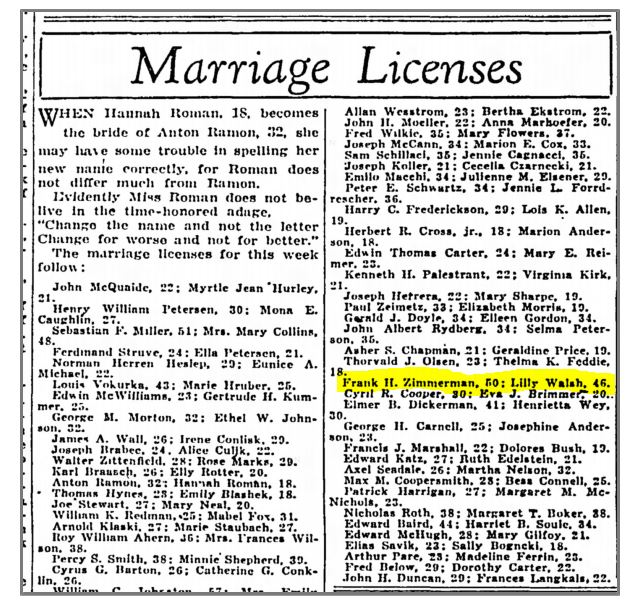
Elmer Gray: The Man Behind Lilly’s Bizarre Epitaph
Before we get to how Lilly and Elmer ended up together, let’s get to know Elmer Gray, considering he’s the person responsible for her bizarre epitaph. It was fairly difficult to trace Elmer’s life as he told many different stories and would use different versions of his name, along with aliases. Elmer was from Butler, Missouri and was born on March 12, 1881. From a fairly young age, Elmer got himself on the wrong side of the law, and he would stay there for pretty much his entire life.
By 1900, the Gray family was living in Nebraska. At some point prior to 1909, Elmer was sent to the Nebraska State Industrial School, similar to juvenile detention today. On May 21, 1909, Elmer was admitted to the Missouri State Penitentiary following a conviction for Grand Larceny. Although he was sentenced to two years, he was released a little early on November 13, 1910. From here, Elmer headed west and by 1915 he was living in Silver Cliff, Colorado. This is where Elmer’s adventures in crime start hitting the public record.On Elmer’s WWI draft registration, he lists his name as Elmer Louis De Gray. The date of birth matches exactly, however, he lists his place of birth as France. There’s one good clue though that shows this record belongs to the Elmer Gray we’re looking for; his unique signature.


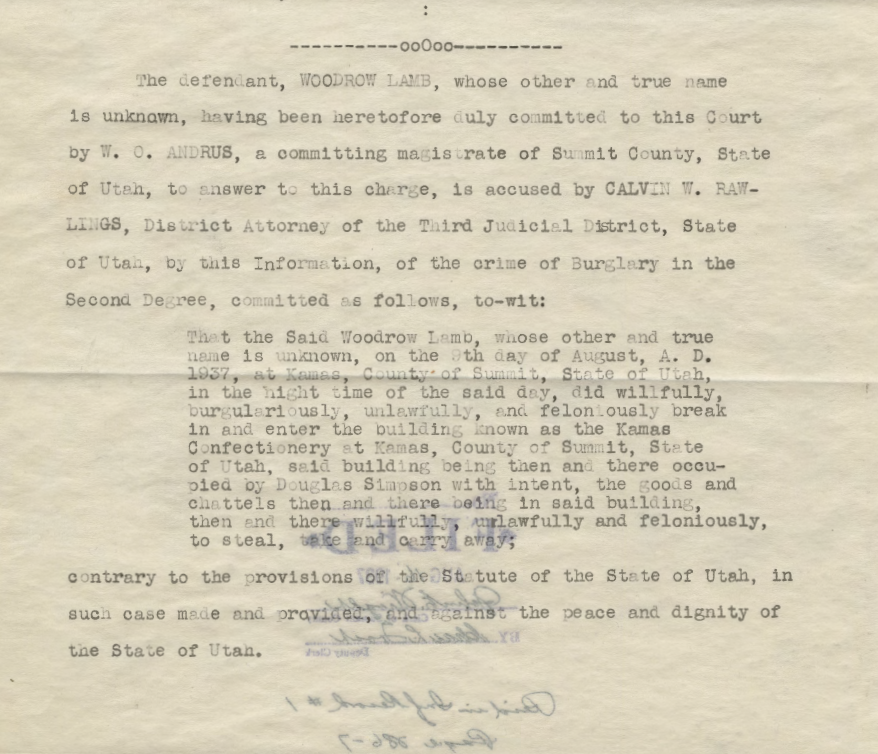
A Life of Lies: The Unusual History of Elmer Gray
From 1915 until 1932 it appears Elmer lived a trouble-free life in Denver; at least nothing bad enough to make the news. His brother lived nearby and Elmer made a living as a laborer. But for a period of time between 1932 and 1934, Elmer was serving time in the Colorado State Penitentiary for larceny. And this is when we get our first glimpse of Lilly’s future husband. After Elmer’s release from the Colorado State Penitentiary, we pick up his trail in Utah.
I suspect that Elmer had some connection to the railroad either by working for them, or catching rides as a hobo, probably a little bit of both. On the evening of August 9, 1937, Elmer was busy breaking into the Kamas Confectionary building. The store owner caught him in the act, and the police quickly escorted him off to jail.
When officers brought him before the judge and charged him with 2nd Degree Burglary, he gave the name Woodrow Lamb, an alias he had used multiple times. On September 11, 1937, Elmer, still using the name Woodrow, pleased guilty, and the court sentenced him to an “indeterminate term” in the Utah State Prison in Sugar House.
Elmer Gray’s Criminal Past: Arrests, Lies, and Parole Attempts
Elmer quickly applied for parole. Shortly after arriving at the prison, he filed his first application. he used the name Woodrow Lamb and told a bizarre story. “Woodrow” claimed he had no idea what crime he had committed. Insisted that no one had arrested him, and stated that he had never appeared in court.
He went on to say that he was vacationing in Utah before heading back to work in Iowa. He claimed Utah authorities held him hostage and prevented him from speaking to a lawyer because he was sick. For his next parole application in September 1938, Elmer’s story changed even more dramatically.
This time, he claimed that on August 6, 1937, he camped near the Heber River with his wife, Florence Potvin. He said robbers shot him twice, murdered his wife, and stole $1,600. These unidentified attackers also took their car and baggage. However, he never explained why authorities found him at the Kamas Confectionary or why he showed no signs of injury when they arrested him.
Elmer again claimed that the State of Utah had kidnapped him and held him without a trial or due process. By 1941, when he applied for parole, he finally used his real name. He still insisted that he had committed no crime and that the state had imprisoned him illegally. When his previous parole attempts failed, he decided to tell the entire truth in his January 1945 application. After serving 10 years and 6 months in prison, officials released Elmer Gray on July 11, 1948. He was 67 years old.
When Lilly Met Elmer: A Late-Life Marriage Shrouded in Mystery
According to her obituary, Lilly moved to Salt Lake City at some point in 1950. I’ve been unable to find any records or mention of her living in Utah prior to her marriage to Elmer. In the 1950 census it shows that in March of that year Lilly was still living in Chicago with her nephew and running a restaurant. Elmer Gray and Lillie E. Zimmerman married at the courthouse in Elko, Nevada, on July 11, 1952. At the time of their marriage, Elmer was 71, and Lilly was 72. After their marriage, the couple rented a small house located at 1216 Pacific Avenue in Salt Lake City. They tore down the ramshackle house without indoor plumbing years ago, replacing it with an apartment building.
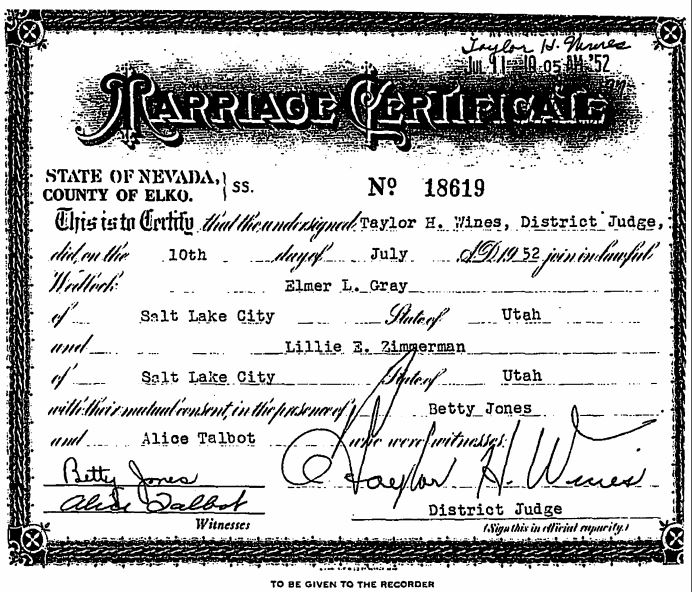
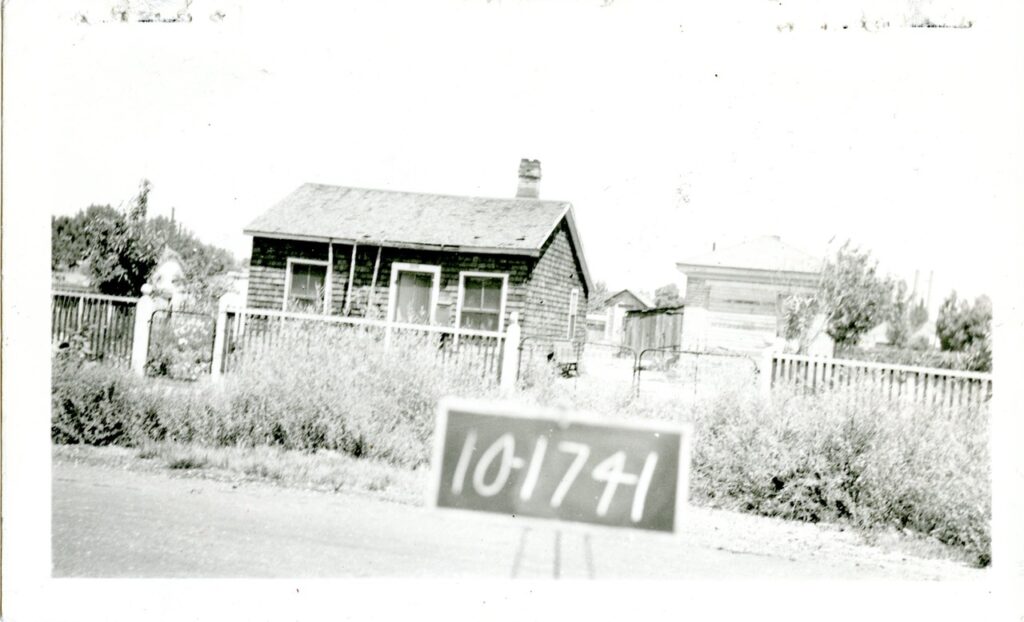
Lilly and Elmer Gray’s Final Years Together
From all accounts, Lilly and Elmer seem to have lived a quiet life together, and Elmer had no more problems with the law. Lilly and Elmer spent six years together before she passed away on November 14, 1958 at Salt Lake General Hospital. Despite the rumors, she died of natural causes — pulmonary embolism and kidney failure. Lilly’s death certificate holds some very helpful clues to her past. Not only does it list her parent’s names, but it also lists all of her married names. One thing I’ve noticed is that depending on what record you’re looking at, the spelling of her first name changes. It appears that earlier in life she went by Lillian, however different records show Lily, Lilly, or Lillie. In writing this article I went with Lilly to keep it simple. Simply put, that’s how it’s spelled on her headstone.
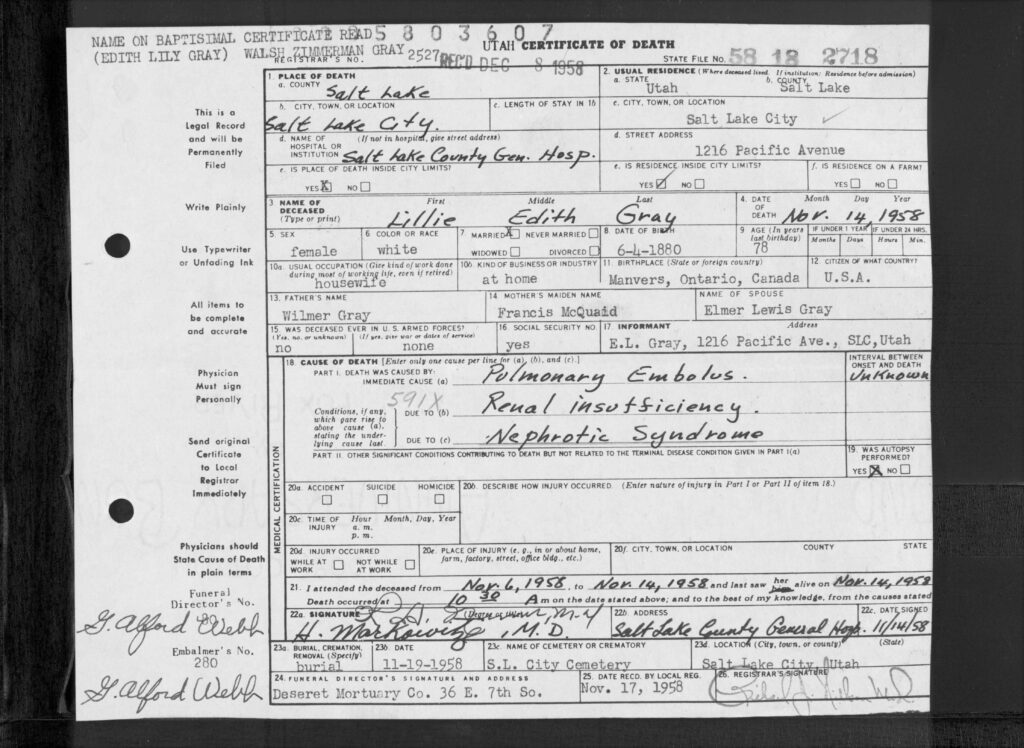
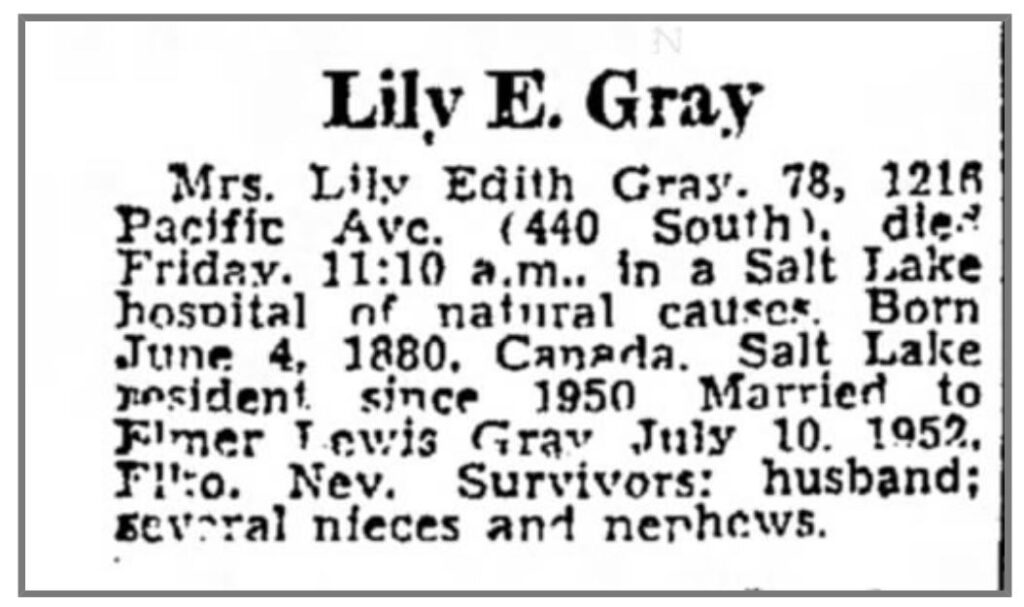
Lilly’s Final Resting Place and the Birth of a Mystery
They buried Lilly in the Salt Lake City Cemetery on November 19, 1958. Her obituary was short and to the point. I don’t believe that Elmer wrote it; the funeral home probably chose the wording. According to her obituary, her only surviving family was Elmer and several nieces and nephews. A few of her siblings were still living at the time of her death, but from what I can tell all remaining family lived in Michigan and Washington.
For whatever reason, Lilly never had children. Shortly after her death, Elmer had the infamous headstone placed on her grave. There were a few mentions of Elmer in the years following Lilly’s death. Mostly him placing ads looking for a live-in caretaker. Paramedics brought Elmer to St. Mark’s Hospital on October 31, 1964, but he was dead on arrival. The cause of death was a stroke; Elmer was 83 years old. They buried him in the Salt Lake City Cemetery on November 4, 1964, far from Lilly’s grave.
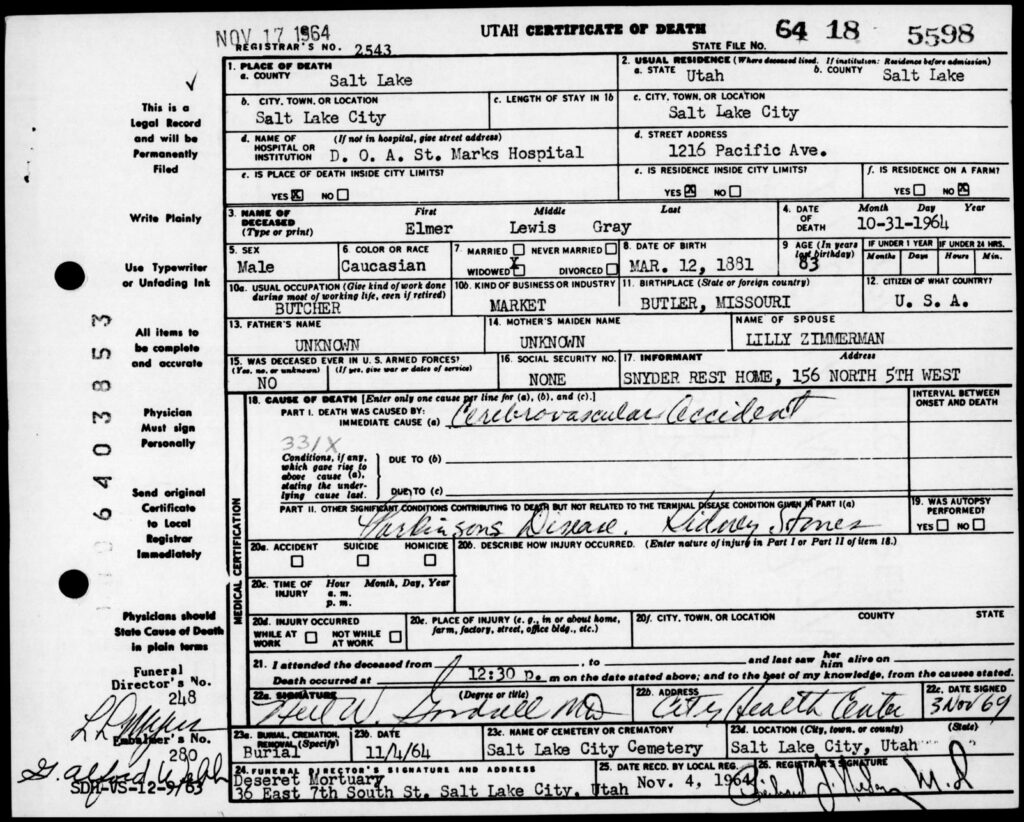
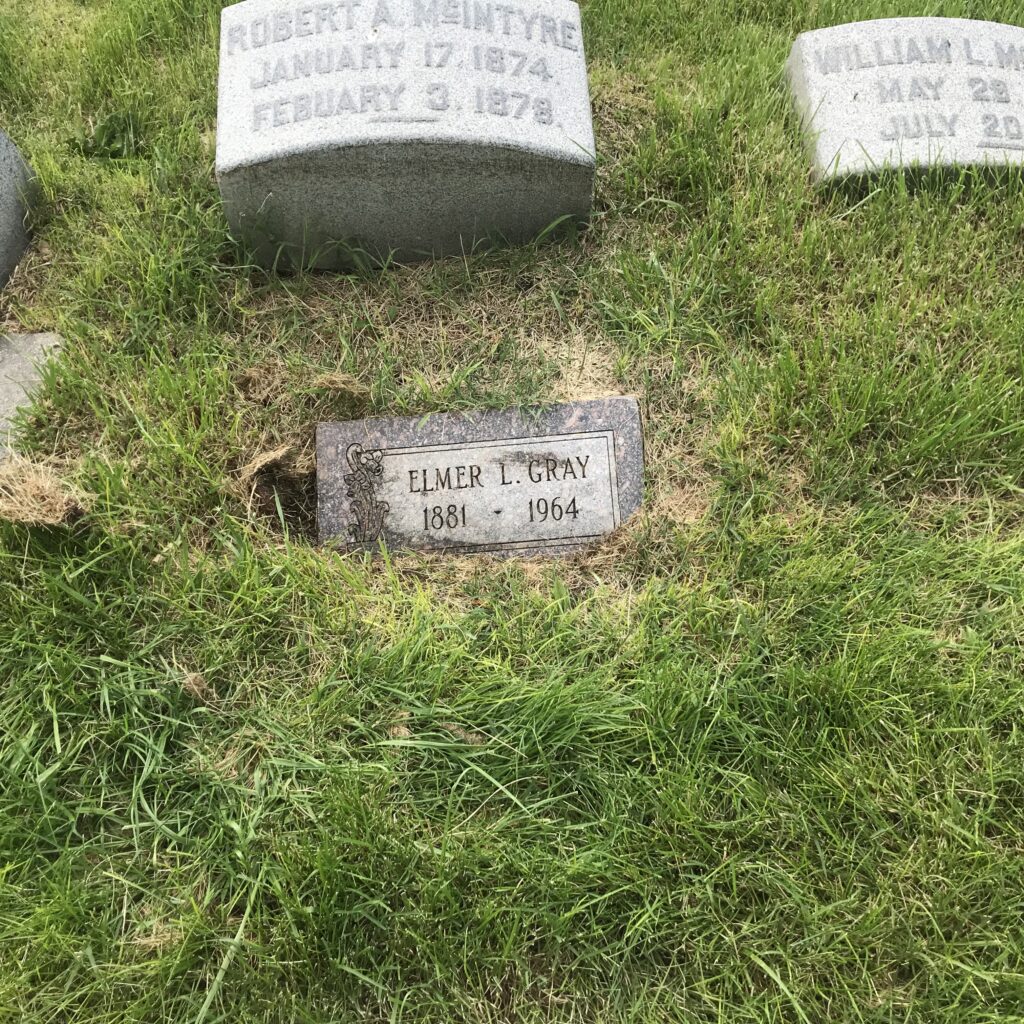
No Obituary, No Clues: The Lingering Questions About Elmer Gray
I have not been able to find an obituary, and it appears a local nursing home provided what little information is listed on his death certificate. Like Lilly, Elmer had no children. And all of this brings us back to the question of why he put Lilly E. Gray Victim of The Beast 666 on Lilly’s headstone? The most common explanation is that he despised the Utah government and law officials, blaming them for her death. Seems like a really weird way to express such dislike for the government, right?
Elmer’s bizarre pardon applications and his unusual signature may hold a clue to the mystery. His handwriting remained shaky and erratic throughout his life, which I believe could be evidence of Parkinson’s Disease — a condition confirmed on his death certificate. While most people associate Parkinson’s with tremors, it can also cause cognitive symptoms, including paranoia, hallucinations, and delusions. Given Elmer’s history of fabricating elaborate stories and viewing himself as a victim of authority, it’s possible that his declining mental state led him to believe Lilly had fallen prey to something sinister.
A Troubled Man’s Tribute
Rather than referencing Satanism or cult activity, ‘Victim of the Beast 666’ may have been his way of expressing deep-seated paranoia — perhaps a final act of defiance against the forces he believed had wronged them. In the end, the truth behind Lilly’s headstone isn’t one of murder or the occult, but rather the result of an aging man whose troubled past and deteriorating mind shaped his final tribute to his wife.
Lilly’s grave has been my favorite in the Salt Lake City Cemetery for over a decade. I’ve spent years piecing together her life, and everything I’ve found points to an ordinary woman who never could have imagined the curiosity her headstone would spark.
Yet, here we are — still talking about her all these years later. If you ever find yourself wandering through the Salt Lake City Cemetery, stop by her grave, take a moment, and maybe even leave some flowers. After all, for someone who was labeled a ‘Victim of the Beast 666’, she deserves at least a little kindness.


